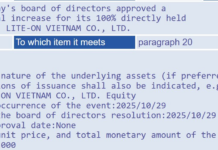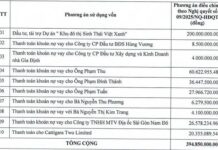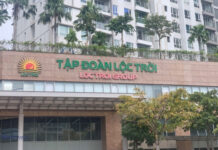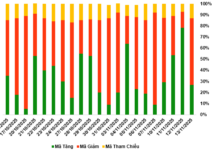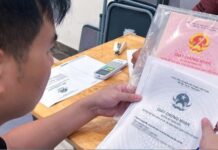Miscalculation of Total Investment by Nearly 310 Billion VND
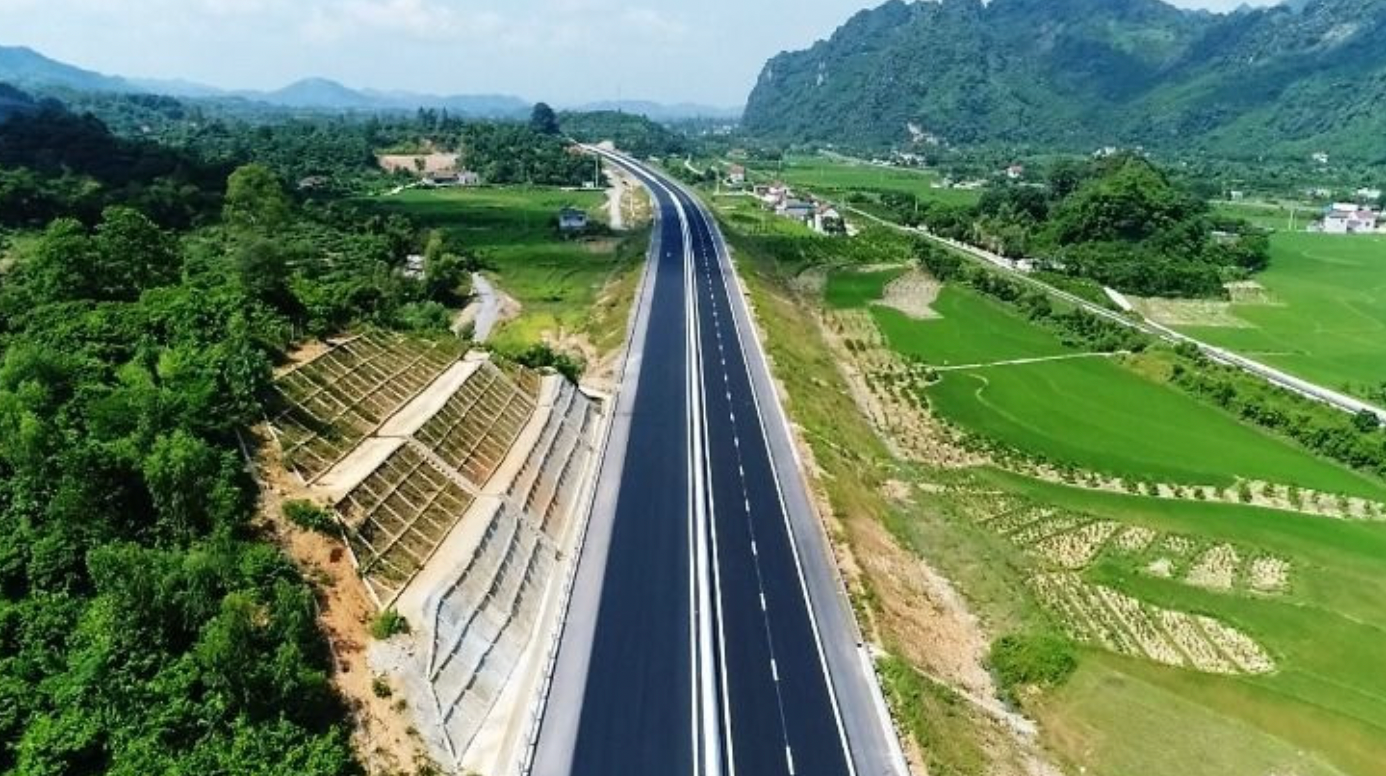
A section of the Bac Giang – Lang Son Expressway.
According to the inspection conclusion, the Bac Giang – Lang Son BOT project was approved by the Ministry of Transport (now the Ministry of Construction) in 2015, with a total investment of over 12,188 billion VND. The project operates under a Build-Operate-Transfer (BOT) contract, allowing the investor to recover capital through toll stations.
The Government Inspectorate identified multiple errors in the calculation and appraisal of the total investment. Specifically, certain construction costs were miscalculated, inflating the value by nearly 310 billion VND (excluding interest and land clearance expenses).
Notably, the Ministry of Transport approved the project without updating the Environmental Impact Assessment (EIA) report, violating the Environmental Protection Law. Additionally, the approval decision was issued before receiving the Ministry of Finance’s input on toll station locations, contravening the Prime Minister’s directives. The construction timeline (2015–2017) was deemed unrealistic, contributing to project delays.
The inspection revealed that the TEDI – VECC design consortium inaccurately forecasted traffic volume, with unrealistic growth rates of 131–186% between 2019 and 2020. This error was cited as the primary reason for the project’s financial inefficiency and subsequent losses.
Furthermore, the contract between the Ministry of Transport and the investor contained provisions inconsistent with the tender documents, negotiation results, and project approval decision. The Ministry signed the BOT contract despite the investor’s insufficient capital contribution and failure to meet financial requirements under the Bidding Law, posing significant implementation risks.
In May 2018, the Ministry of Transport transferred authority to Lang Son Provincial People’s Committee. However, the province signed six contract addendums without fully adhering to Decree 150/2015/NĐ-CP procedures. The Inspectorate attributed these issues to the investor’s internal instability, frequent changes in capital contributions, and consortium membership, causing multi-year delays.
Low Project Efficiency, Insufficient Revenue to Repay Bank Loans
According to Lang Son Provincial People’s Committee, the project investor submitted an investment capital settlement proposal of 8,387 billion VND, but the province approved only 8,161 billion VND after review. The Inspectorate identified a nearly 80 billion VND miscalculation in the completed estimate and additional deductions of over 93 billion VND, totaling nearly 99 billion VND in financial irregularities.
The conclusion stated, “The project failed to meet its initial objectives, demonstrating low efficiency. Toll revenue at the time of inspection fell short of contractual financial projections, leaving the enterprise unable to service bank loan principal and interest.”
The Government Inspectorate recommended that the Prime Minister direct the Ministry of Construction, Ministry of Finance, and Lang Son Provincial People’s Committee to investigate and clarify the responsibilities of individuals and organizations involved across all periods. Strict measures, including compensation for damages, should be enforced if violations causing budget losses are identified.
The Inspectorate also instructed Lang Son Provincial People’s Committee and the project enterprise to deduct nearly 99 billion VND during investment capital settlement and review construction-period interest expenses for corresponding adjustments. If criminal violations or state asset damage are detected, the Inspectorate mandated transferring case files to investigative agencies for legal action.
Beyond financial remedies, the Government Inspectorate required Lang Son Provincial People’s Committee to collaborate with the Ministry of Construction and its Economic Institute to scrutinize the application of 2020 construction standards in the Bac Giang – Lang Son BOT project.
The Inspectorate advised the Government to comprehensively review mechanisms for appraising, approving, and monitoring transport BOT projects to prevent losses, waste, and ensure transparency in revenue, expenditure, and investment recovery.













